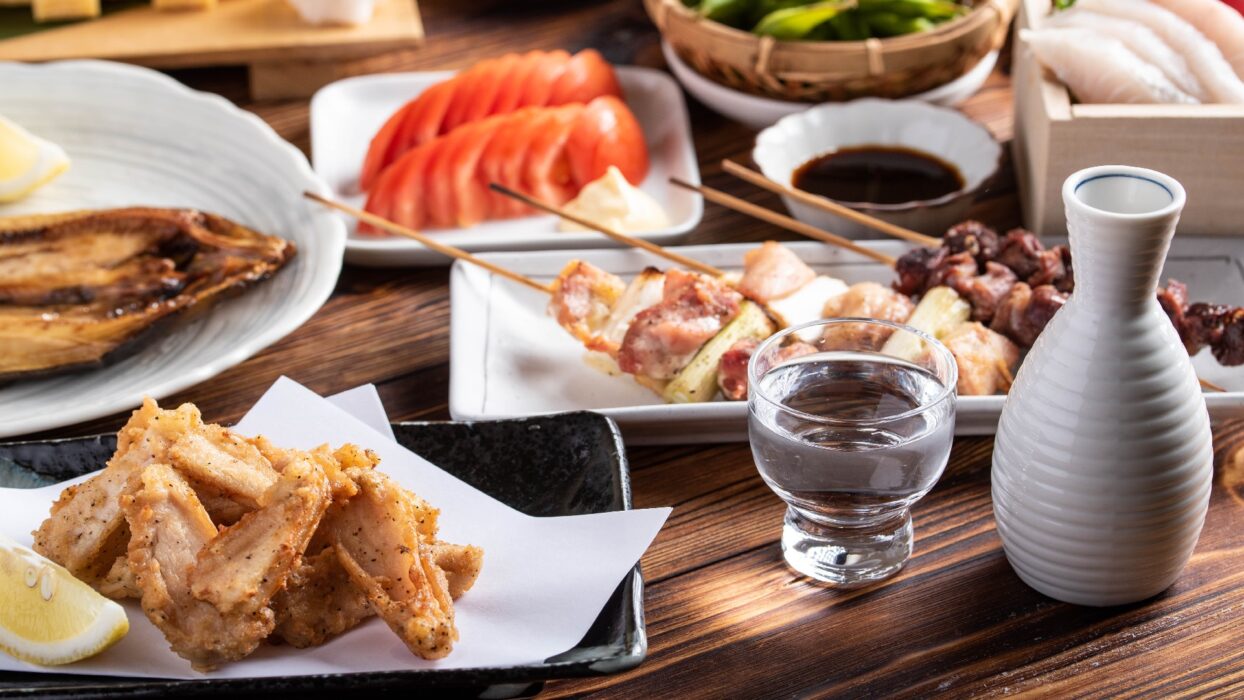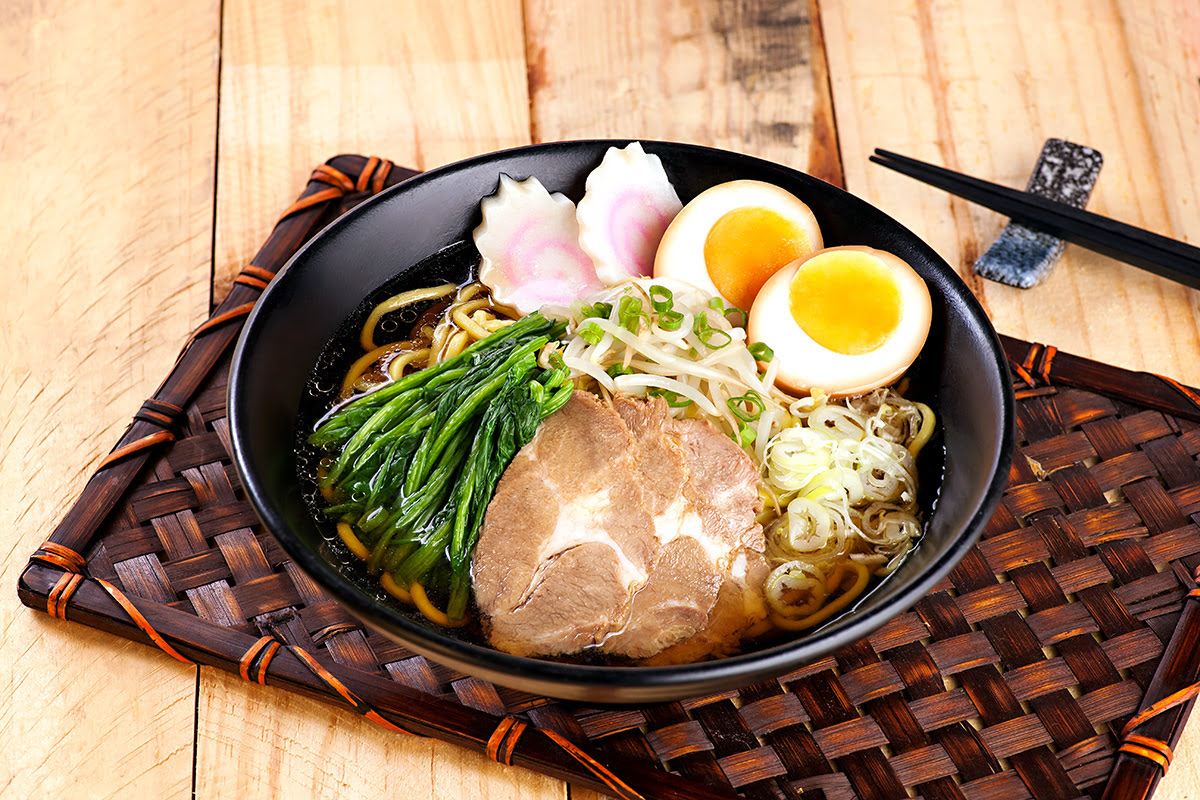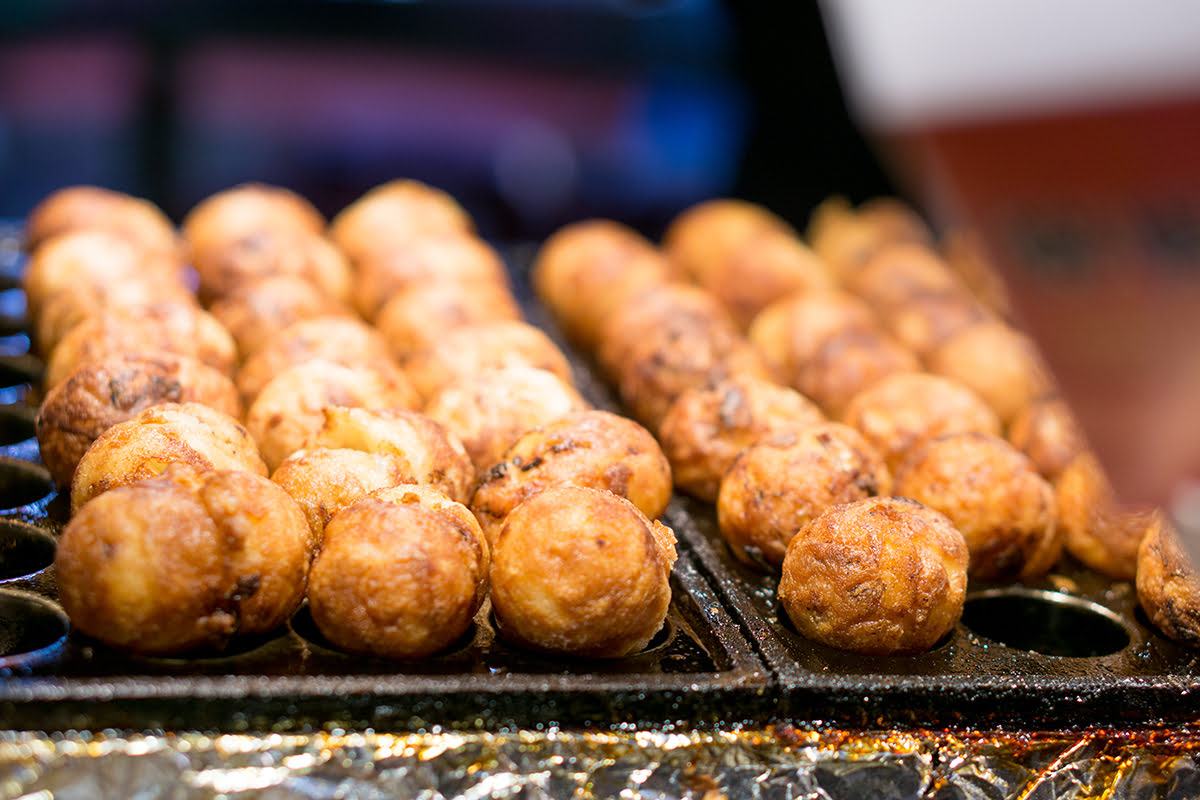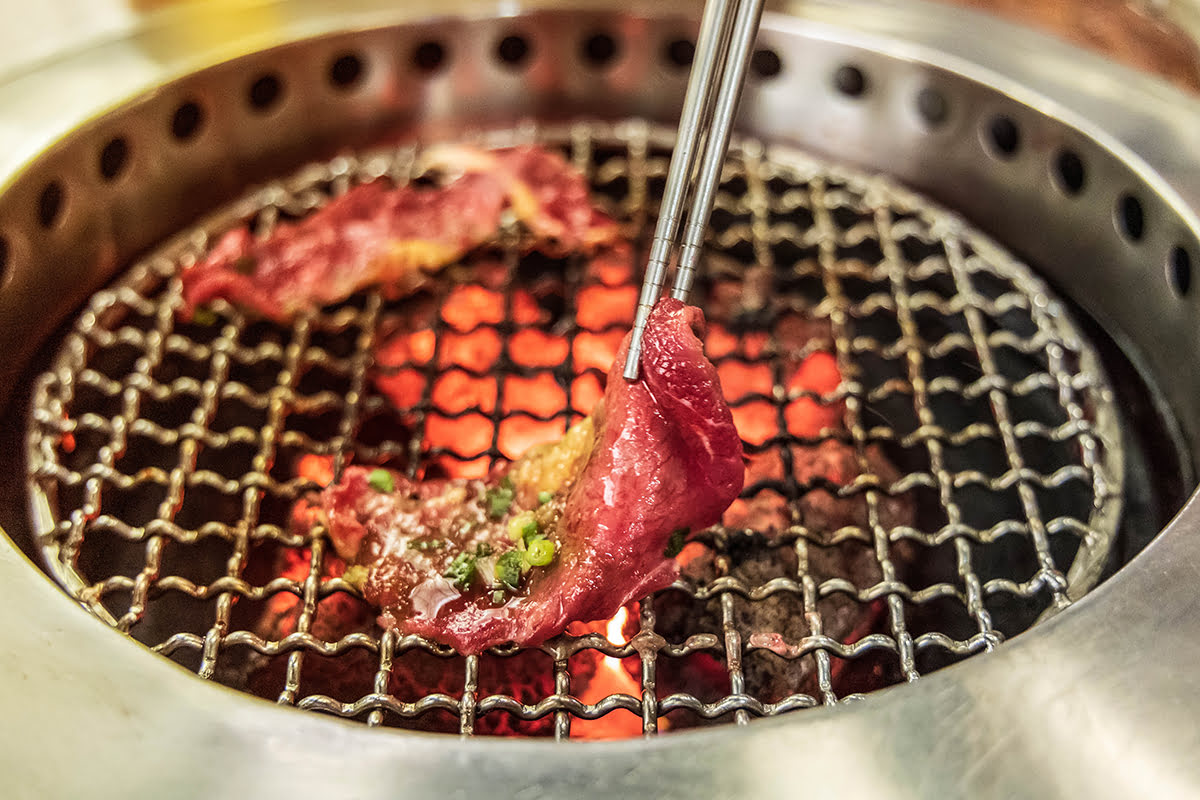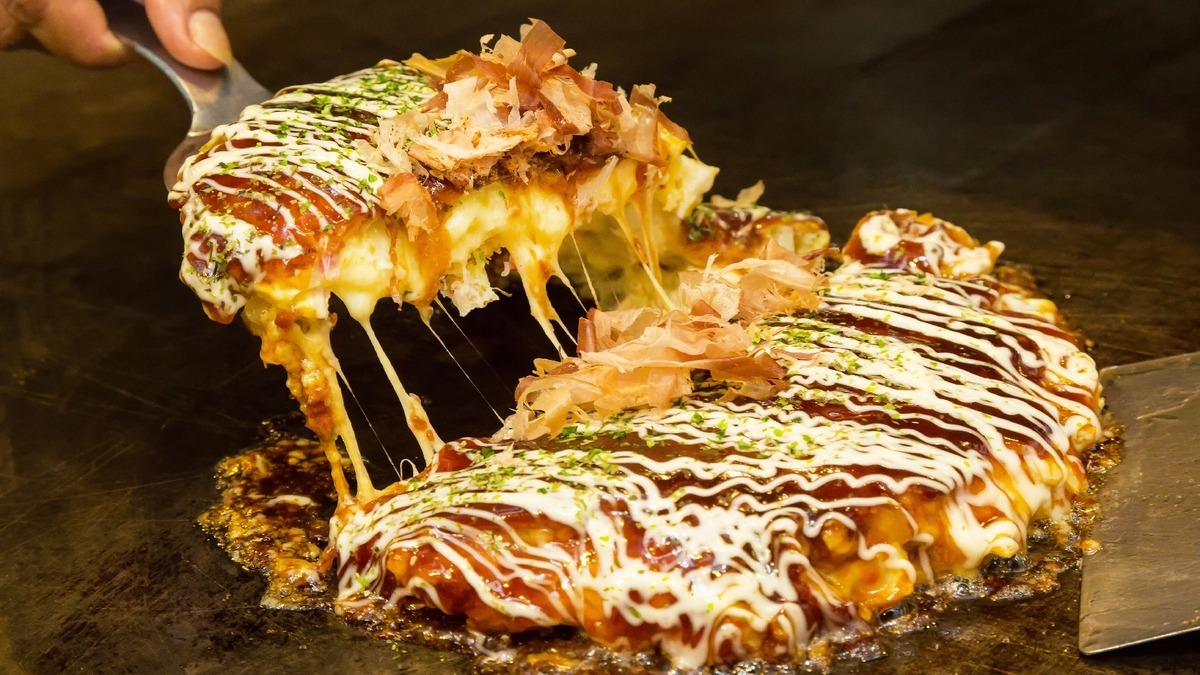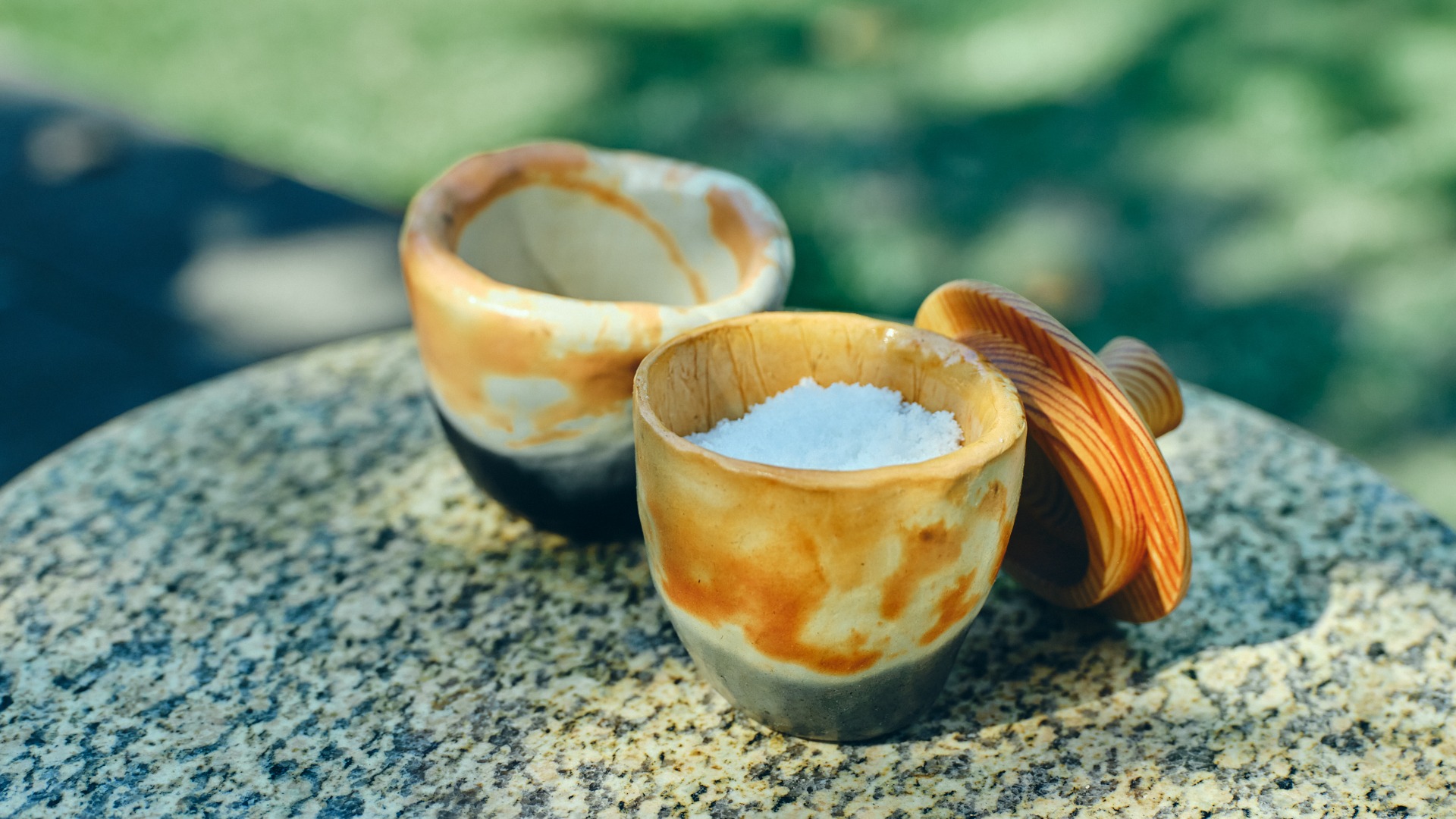Embark on a gastronomical adventure through Japan and discover the rich tapestry of flavors that make up its iconic cuisine. From bustling street markets to high-end sushi bars, Japan’s food culture is a delightful experience waiting to be savored. This guide will take you through some of the most popular dishes that you simply must try on your visit to the Land of the Rising Sun.
Sushi: The Art of Simplicity
No exploration of Japanese cuisine is complete without indulging in sushi. This world-renowned dish combines vinegared rice with a variety of ingredients like raw fish, vegetables, and occasionally tropical fruits. Sushi can be enjoyed in various forms, such as nigiri (hand-pressed sushi), maki (rolled sushi), and sashimi (slices of raw fish without rice).
Nigiri
Nigiri is easily identifiable by its specific structure. A small hand-pressed mound of vinegared rice is topped with a slice of raw fish, often with a dab of wasabi in between. The simplicity of nigiri allows the freshness of the fish to shine. Popular choices include tuna, salmon, and eel.
Maki
Maki sushi is made by rolling the vinegared rice and ingredients in a sheet of seaweed (nori) and then slicing it into bite-sized pieces. There are various types of maki rolls such as hosomaki (thin rolls) and futomaki (thick rolls), each offering a different flavor profile based on the ingredients used.
Sashimi
While technically not sushi, sashimi is often enjoyed alongside it. Sashimi consists of fresh, high-quality raw fish or seafood sliced into thin pieces. It’s an excellent way to appreciate the natural flavors of fresh seafood. Common types of sashimi include maguro (tuna), ebi (shrimp), and tako (octopus).
Ramen: The Comfort Food
Ramen, a beloved Japanese comfort food, consists of Chinese-style wheat noodles served in a flavorful broth and topped with various ingredients. With countless regional variations, ramen offers a diverse culinary experience. Key components include the broth, noodles, and toppings.
Broths
The broth is the soul of ramen and comes in various styles:
- Shoyu: A soy sauce-flavored broth that’s typically clear and brown, offering a simple and savory taste.
- Miso: A broth flavored with fermented soybean paste, providing a rich and umami-loaded experience.
- Tonkotsu: A creamy, pork bone-based broth that’s thick and rich, hailing from Fukuoka in Kyushu.
- Shio: A salt-flavored broth that’s usually light and pale, ideal for savoring delicate ingredients.
Noodles
Ramen noodles vary depending on the type of ramen being served. They can range from thin and straight to thick and wavy. The texture and consistency are crucial as they need to complement the broth perfectly.
Toppings
Common ramen toppings include chashu (braised pork belly), menma (fermented bamboo shoots), nori (seaweed), and aji-tamago (marinated soft-boiled egg). Each topping adds a unique flavor and texture, enhancing the complex profile of the dish.
Tempura: Lightly Fried Perfection
Tempura is a renowned Japanese dish made from lightly battered and deep-fried vegetables or seafood. The unique technique involves using a cold batter and frying at a high temperature to create an airy, crispy coating that enhances the natural flavors of the ingredients.
Types of Tempura
Tempura can include a variety of vegetables and seafood. The most popular choices are:
- Prawns: Juicy and tender, prawns are a favorite tempura ingredient.
- Sweet Potatoes: The natural sweetness of the potatoes is elevated by the crispy batter.
- Eggplant: Soft and succulent, providing a wonderful contrast to the crunchy exterior.
- Green Beans: Offering a fresh, crisp bite that’s perfect for tempura.
Tempura Sauce
Tempura is typically served with ‘tentsuyu’, a dipping sauce made from dashi (fish stock), mirin (sweet rice wine), and soy sauce. The combination provides a savory, slightly sweet flavor that complements the tempura perfectly.
Takoyaki: The Street Food Delight
Takoyaki, famously associated with Osaka, are delightful spheres of batter filled with minced or diced octopus (tako), tempura scraps (tenkasu), pickled ginger, and green onions. Typically served as street food, these crispy-on-the-outside creamy-on-the-inside balls are a must-try.
Making Takoyaki
Takoyaki is cooked in a special pan with half-spherical molds. The batter is poured into the molds, fillings are added, and then they’re flipped continuously to create perfect round shapes. This process gives them their distinctive texture and flavor.
Serving Takoyaki
Takoyaki is often topped with various condiments such as takoyaki sauce (similar to Worcestershire sauce), mayonnaise, bonito flakes (dried fish flakes), and aonori (dried seaweed powder). These toppings add layers of flavor, making each bite a burst of deliciousness.
Yakiniku: Japanese Barbecue
Yakiniku, which translates to “grilled meat,” is a popular Japanese way of cooking meat and vegetables over a direct flame. It’s a communal and interactive dining experience where diners grill their own food at the table, making it a fun social activity.
Meat Choices
Various cuts of meat are enjoyed in yakiniku, including:
- Beef: Thinly sliced beef cuts like ribeye, short ribs, and tongue are common.
- Pork: Cuts such as belly and shoulder are frequently used for yakiniku.
- Chicken: Often served marinated for extra flavor.
Dipping Sauces
Yakiniku is typically accompanied by dipping sauces like ‘tare’, a sweet soy-based sauce, and ‘ponzu’, a citrusy soy sauce. These sauces enhance the grilled flavors and provide a burst of umami with every bite.
Okonomiyaki: The Japanese Pancake
Okonomiyaki is a savory Japanese pancake made with flour, eggs, shredded cabbage, and various fillings of your choice. The name “okonomiyaki” roughly translates to “grilled as you like it”, reflecting the dish’s customizable nature.
Ingredients
Okonomiyaki can include a variety of ingredients such as:
- Pork belly slices: For rich flavor and texture.
- Seafood: Common choices include shrimp, squid, and octopus.
- Cheese: Adds a delightful creaminess to the pancake.
Toppings
Once cooked, okonomiyaki is typically topped with okonomiyaki sauce (similar to takoyaki sauce), mayonnaise, bonito flakes, and aonori. These toppings create a perfect balance of savory, sweet, and creamy, making each bite irresistible.
Japan’s culinary scene is a vibrant mix of tradition and innovation, offering something for every palate. From lively street markets to refined sushi bars, each dish reflects the country’s rich cultural heritage. Savoring these flavors will not only enhance your travel experience but also deepen your appreciation for Japan’s exceptional food culture.

